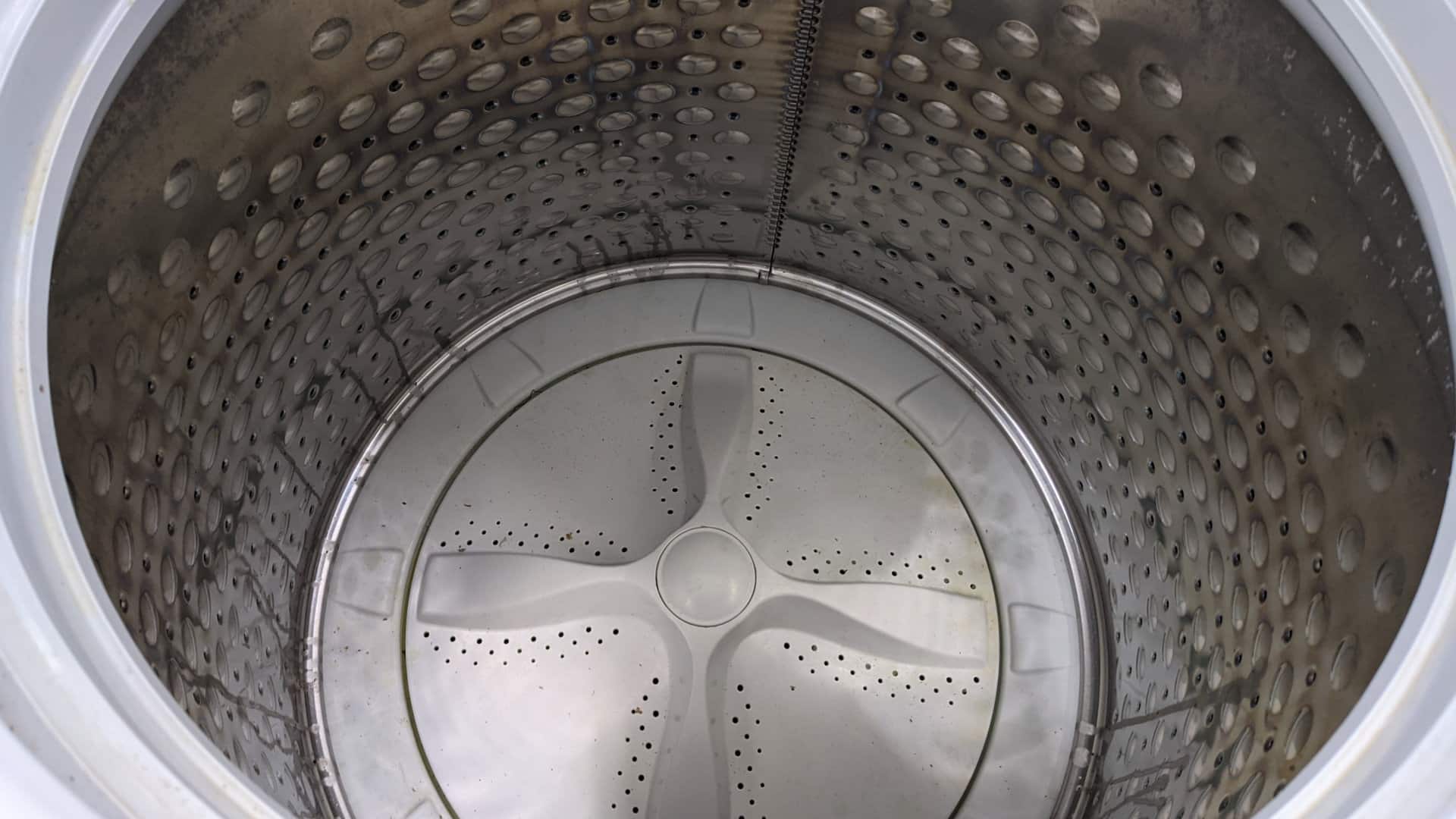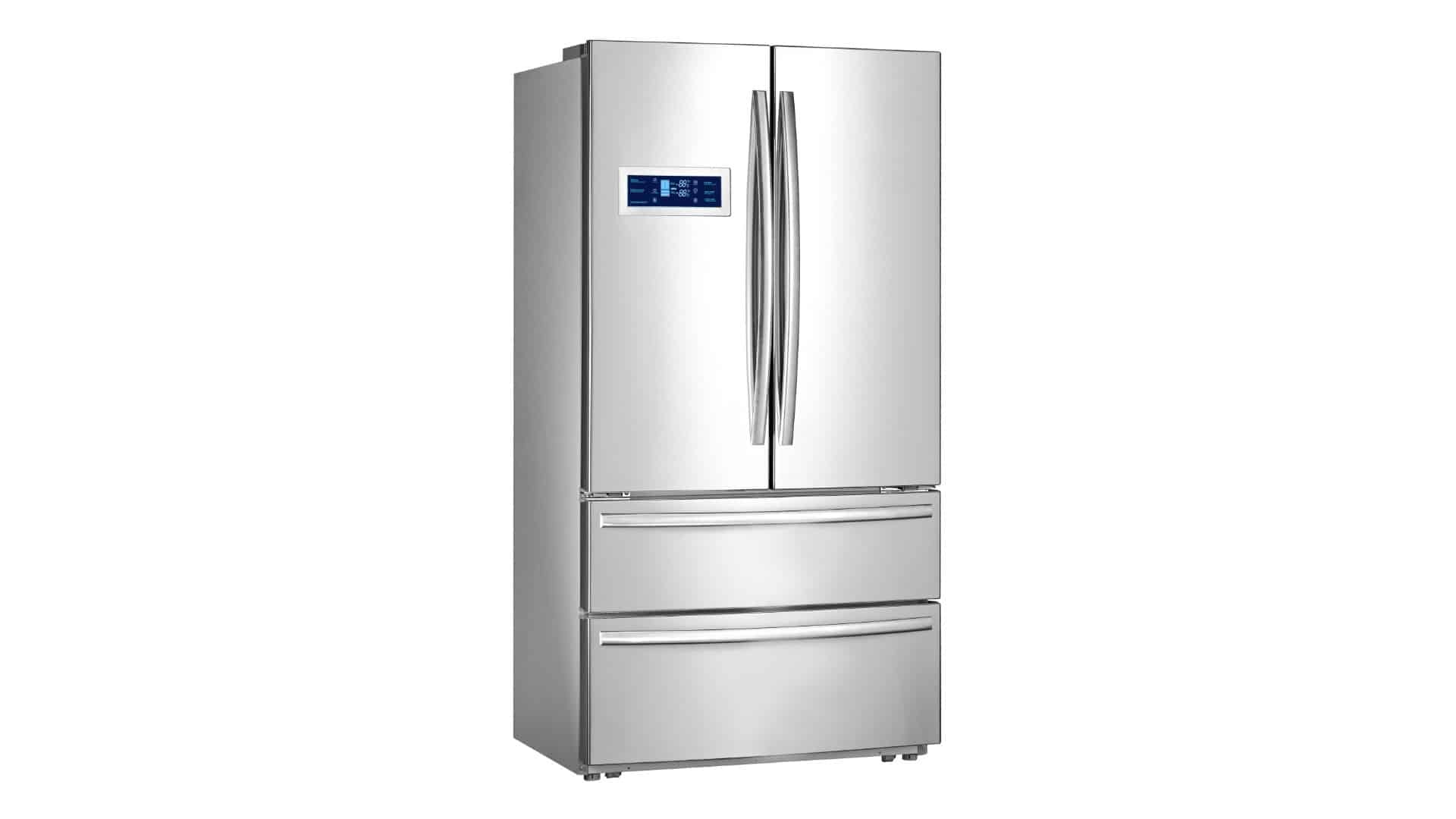
If you’ve ever stepped into your kitchen and discovered a pool of water around your dishwasher, you’re probably wondering where the water is coming from.
A leaking dishwasher is a common issue that many homeowners encounter from time to time. But just because it’s a common problem, that doesn’t mean it’s not frustrating to deal with.
The good news is that you may be able to diagnose and fix the issue yourself. In this blog post we’ll explore some common causes of dishwasher leaks and easy fixes you can try.
Door Gasket
One of the most common causes of dishwasher leakage is a damaged or worn door gasket. The dishwasher door gasket is a rubber seal that runs around the edges of the dishwasher’s door and creates a watertight seal when the door is closed. If the gasket is damaged, worn, or torn, water can seep through the gap and spill onto the floor.
To fix this issue you’ll need to remove the old gasket and replace it with a new one. You can buy a replacement gasket from your dishwasher’s manufacturer or a home improvement store.
Replacing the gasket is surprisingly easy. Simply pull out the old one, clean the insert channel, and insert the new one with the flat side facing out.
Water Inlet Valve or Hoses
The water inlet valve is another part of your dishwasher that can cause leakage if it’s damaged or defective. This valve controls the flow of water into your dishwasher and water may leak out of the valve and create a mess nearby if it’s not working properly.
Another culprit you can check at the same time is the water inlet hose. This hose pulls water from your house’s main supply and feeds it into the dishwasher.
If you suspect that your water inlet valve or hose is the culprit, you can inspect and replace these yourself fairly easily.
First, turn off the water underneath the sink. Next, set down a towel because there will be some water left in the hose. Now, disconnect the water hose from both the valve under the sink and the dishwasher.
Inspect the hose for any cracks, bends, or kinks. If the hose is damaged in any way it will need to be replaced.
If the hose looks okay, check that there are no blockages in the hose. You can do this and clear any blockages at the same time by running the garden hose through the inlet hose. The pressure will clean out any clogs and the free flow of the water will indicate that the hose is clear.
You will find the water inlet valve where the hose is connected to the dishwasher. You can unscrew it from its base. Now, you can inspect the valve for any dents or holes. If the valve is clear, give it a good clean in the sink, rinsing it with soap and water.
If the valve is damaged, it will need to be replaced.
Once the hose and valve are clean, they can be replaced. Remember to turn the water back on.
Faulty Float Switch
The float switch is a small circular device located at the bottom of your dishwasher’s tub. It is usually made of styrofoam. It’s responsible for controlling the amount of water that enters the tub and can cause leakage if it’s malfunctioning.
If the float switch is stuck in the “down” position, it can cause too much water to enter the tub and overflow onto the floor. To fix this issue, you’ll need to locate the float switch and ensure it’s moving freely. If it’s stuck, try cleaning it with a damp cloth or sponge.
Clogged Drainage Hose
A clogged drainage hose is another common cause of dishwasher leakage. Over time, food and other debris can build up in the hose and cause it to become clogged. If the hose is clogged it can cause water to back up and spill out of the dishwasher. To fix this issue you’ll need to locate the drainage hose and remove any visible debris.
As before, turn off the water and set down a towel. You will also need to disconnect the dishwasher from power, either by unplugging it or switching off the breaker. One end of the drainage hose is connected to the garbage disposal and the other end is connected to the drain pump.
To access the drain pump, remove the dishwasher’s kickplate and any padding behind it. You may need a screwdriver to do this. The drain pump is usually located a little to the left and will be connected to the drainage hose. Remove the clamp securing the drainage hose to the drain pump.
Inspect the drainage hose for any kinks, cracks, or damage. If the hose has been damaged it will need to be replaced.
If the hose looks fine, follow the instructions in the water inlet valve or hoses section to clear the hose of any blockages.
Once the drainage hose is clear, resecure it to the drainage pump and replace the padding and kickplate.
Give the dishwasher a test run and see if it is still leaking.
Clogged Drain Pump
The drain pump in a dishwasher serves a large role in the machine functioning properly; it drains the water out of the dishwasher after every cycle. If the drain pump becomes clogged with food debris or other particles it can prevent the water from draining out of the dishwasher properly. Over time, the water can accumulate and lead to leaks.
To fix a clogged drain pump, follow the steps in the above section about the drainage hose to access it.
Once you’ve located the drain pump, fully disconnect it. You may need to remove a few screws or clips to do this. After you’ve disconnected the pump, take it to your sink and gently clean it using warm water and a soft brush. Be sure to remove any visible debris.
Once you’ve thoroughly cleaned the pump, allow it to dry completely before replacing it in the dishwasher. After reinstalling the pump back in the dishwasher, give it a test run to ensure the leak has been resolved.
A leaking dishwasher can be a frustrating experience, but in many cases a damaged door gasket, faulty float switch, or clogged drainage hose can be easily fixed.
However, if you suspect a more serious issue is causing your dishwasher to leak, call a professional for help. By preventing and fixing dishwasher leaks you can keep your kitchen clean and dry and enjoy hassle-free dishwashing for years to come.

Why Is My Microwave Sparking?

Understanding Frigidaire Dishwasher Error Codes

How to Dry Shoes in Dryer Without Damaging Them

Why Is My Dishwasher Leaking?

How to Solve Electrolux Dryer Error Code E64

Microwave Light Won’t Turn Off? Here’s Why

GE Oven F9 Error Code: How to Fix It

How to Use a Self-Cleaning Oven (In 4 Steps)

How To Use a Maytag Top-Load Washing Machine

What to Do If Your Samsung Ice Maker Is Not Making Ice

How to Fix a Microwave Turntable That’s Not Turning

How to Wash Pillows in a Washing Machine

How to Fix an Ice Maker That Isn’t Working

Broken Refrigerator Door Seal? How To Fix It


